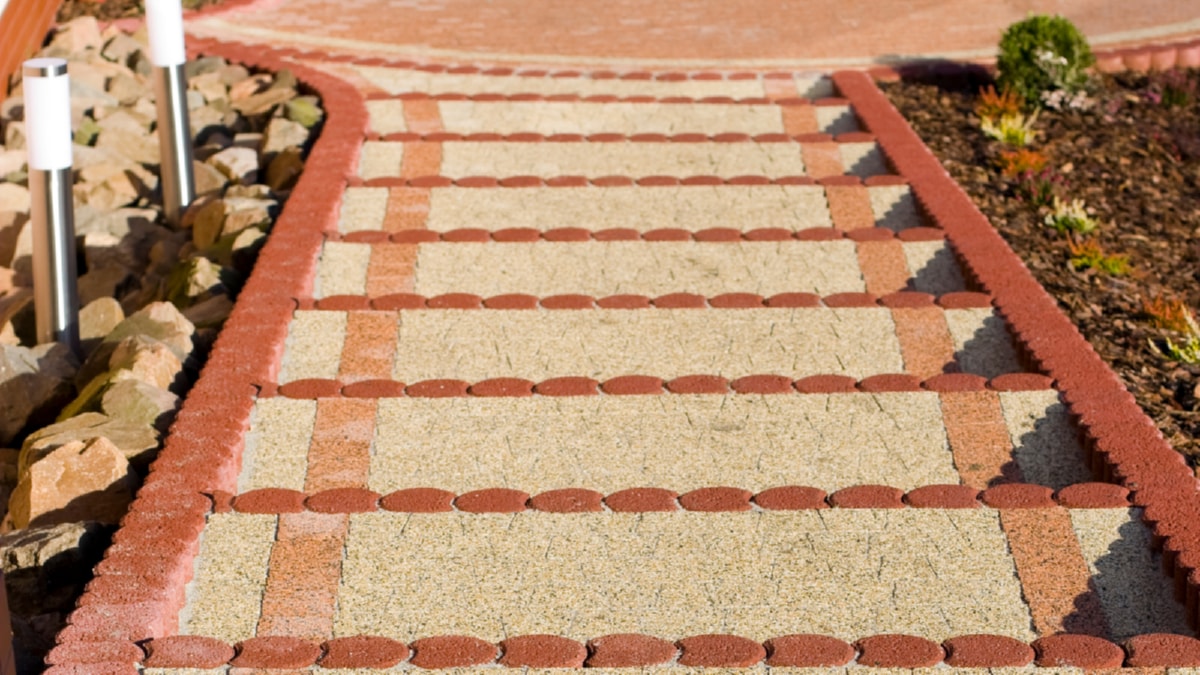As the world continues to grapple with the impacts of climate change, the construction industry has been at the forefront of incorporating sustainable practices. This has led to the advent of green building technologies that aim to minimize environmental degradation and promote sustainable living. This article explores some of the latest trends in green building technologies that are revolutionizing the construction industry.
One of the most prevalent trends is the use of sustainable building materials. These are materials that are either renewable or have a low environmental impact. For instance, bamboo, which grows quickly and absorbs carbon dioxide at a rapid rate, is increasingly being used in place of traditional hardwoods. Recycled metal and plastic, as well, are gaining popularity due to their durability and reduced environmental footprint.
Energy efficiency is another cornerstone of green building technologies. The implementation of energy-efficient systems, like solar panels and wind turbines, is becoming more common in both residential and commercial buildings. These systems not only reduce reliance on non-renewable energy sources but also significantly cut down on energy costs. Furthermore, energy-efficient appliances and lighting systems are becoming standard features in green buildings.
Water conservation technologies are also finding their way into green construction. Systems that recycle greywater – water that has been used in sinks, showers, and washing machines – for use in toilets or irrigation, greatly reduce water waste. Additionally, the installation of rainwater harvesting systems provides an alternative water source, further reducing reliance on municipal water supply.
Another noteworthy trend is the integration of smart technology in green buildings. Smart thermostats, for instance, can learn the occupancy patterns of a building and adjust temperature settings accordingly to conserve energy. Similarly, smart lighting systems can detect when a room is unoccupied and turn off lights, further contributing to energy conservation.
Biophilic design is another innovative trend in green building technology. This concept involves incorporating elements of nature into the built environment. This could involve aspects such as living green walls, rooftop gardens, or the use of natural light and ventilation. Biophilic design not only contributes to sustainability but also enhances the well-being of building occupants by creating a more pleasant and healthier living environment.
Lastly, there is a growing trend towards net-zero buildings – buildings that generate as much energy as they consume. This is achieved through a combination of energy-efficient design, renewable energy systems, and sometimes, energy storage systems. Net-zero buildings represent the pinnacle of green building technology, offering a blueprint for sustainable construction in the future.
In conclusion, the field of green building technologies is continuously evolving, with new and innovative trends emerging regularly. From the use of sustainable building materials and energy-efficient systems to smart technology integration and biophilic design, these trends are reshaping the construction industry and paving the way towards a more sustainable future. As climate change continues to pose a significant threat, the adoption and advancement of green building technologies will be crucial in mitigating its impacts and promoting sustainable living.
For more details, check best masonry services or visit their business listing here.



